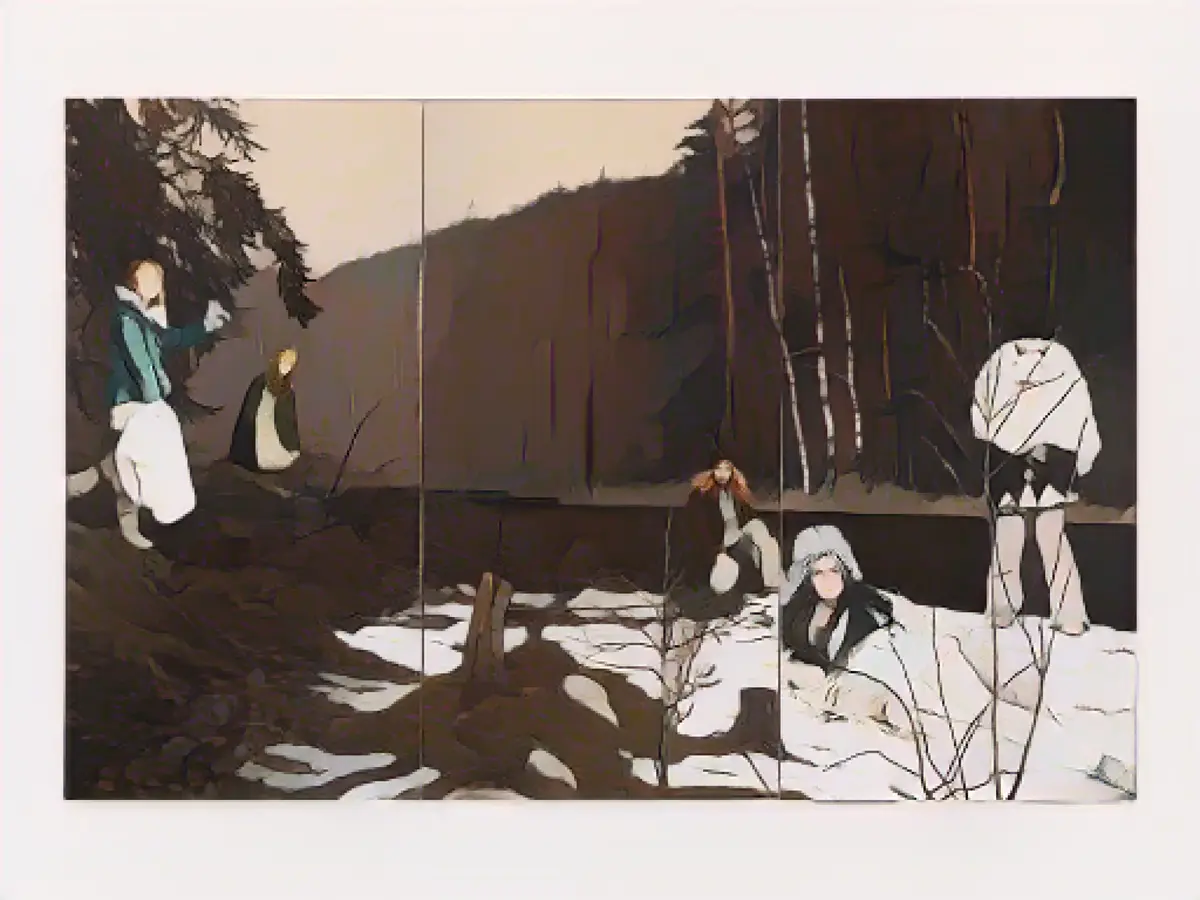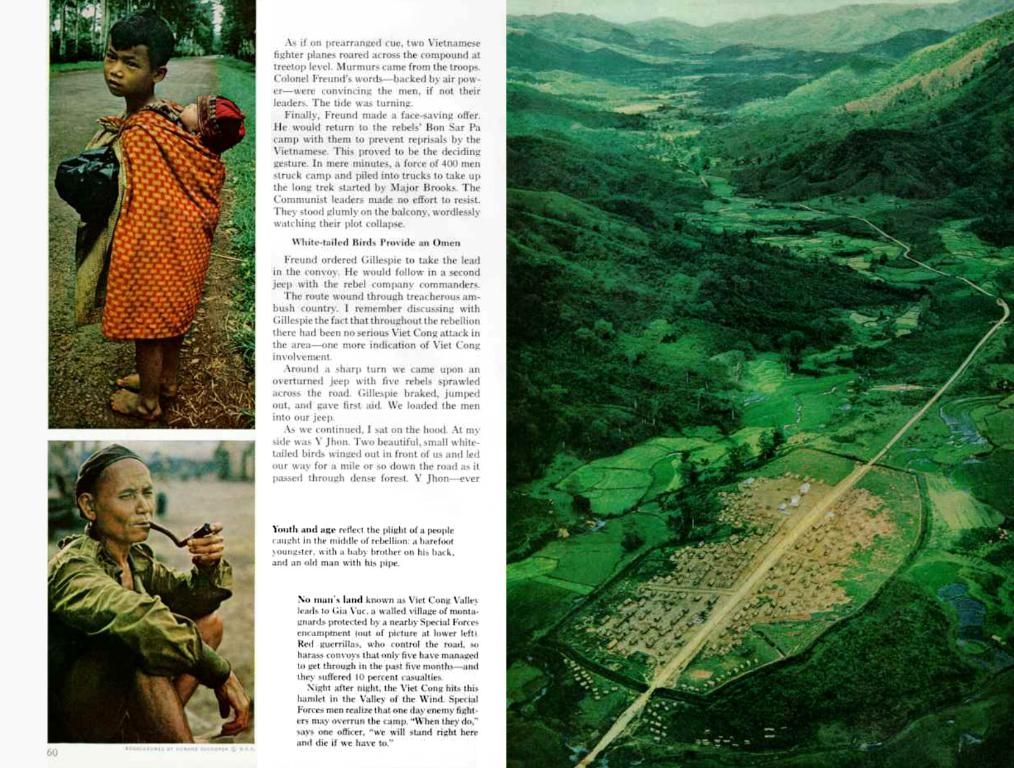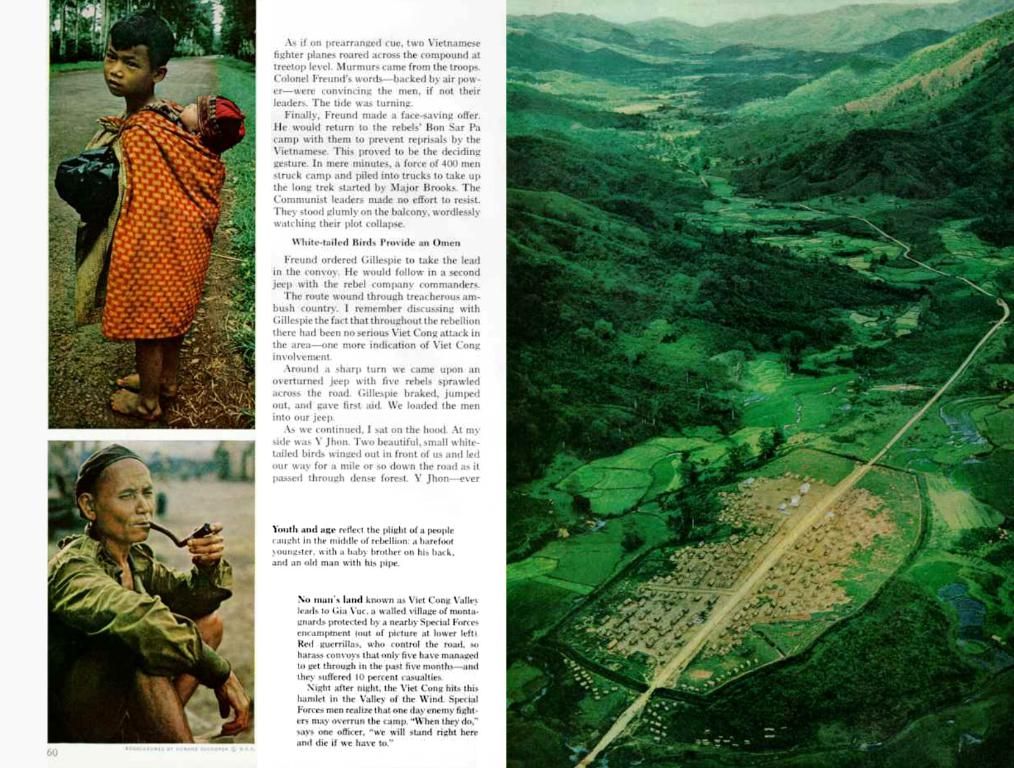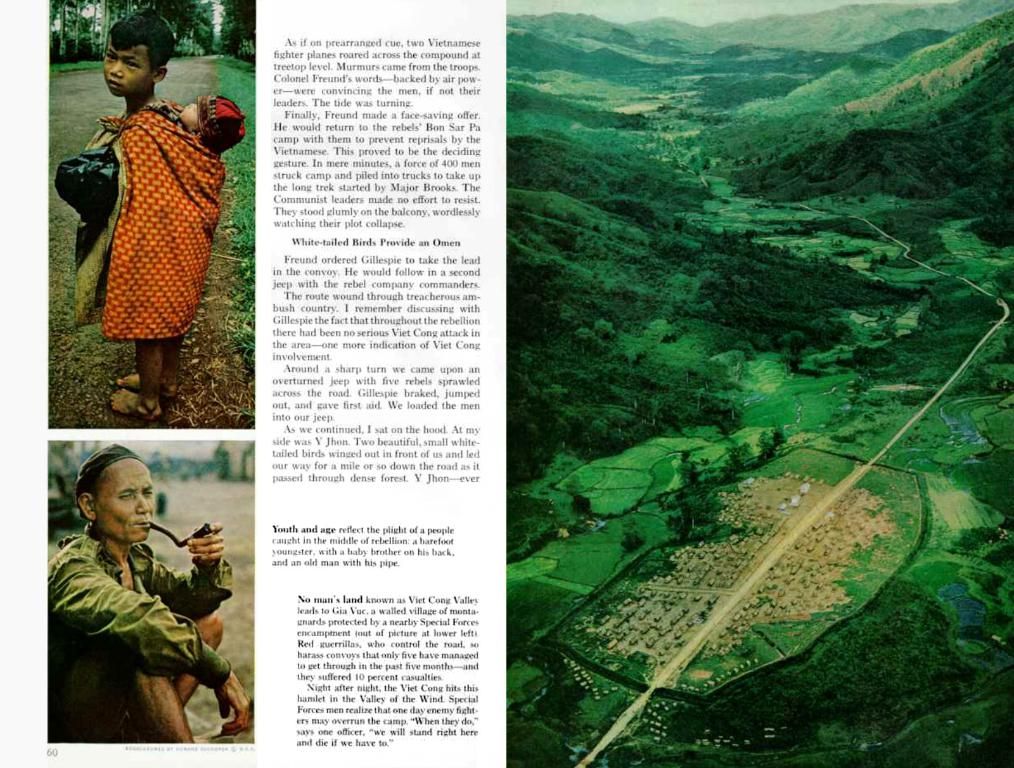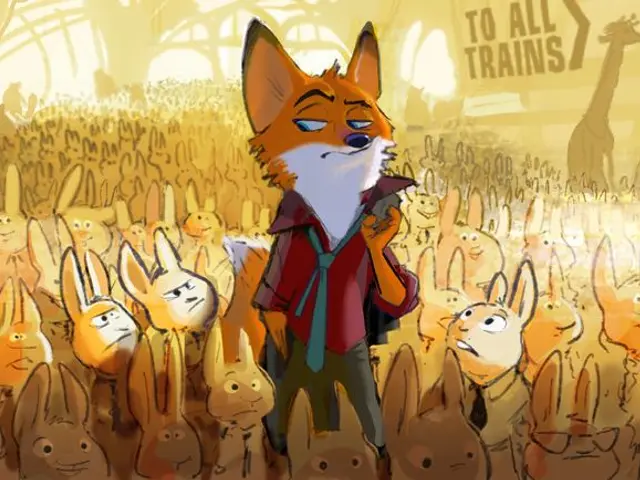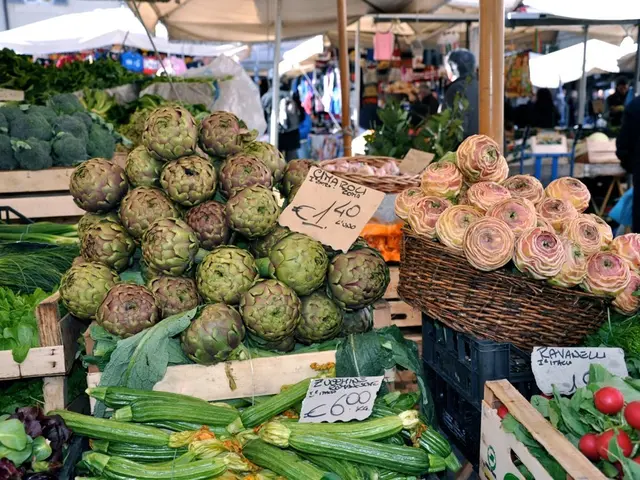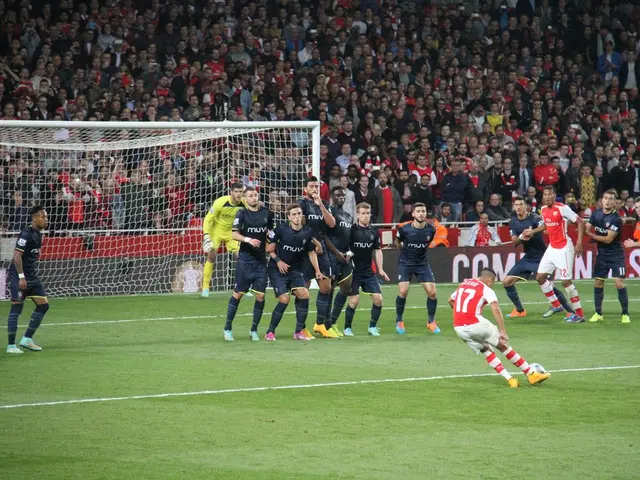Unveiling the Enchanting Universe of Paulina Olowska
Paulina Olowska's captivating world is a testament to her unique vision as a 47-year-old Polish artist. While she may be widely known for her paintings inspired by fashion that compare the history of socialism in Eastern Europe with American consumerism, her artistic practice expands beyond canvas to include collages, sculptures, videos, installations, and performances. Recently, the Museum of Modern Art in New York purchased her works, which is a significant marker of her growing recognition in the contemporary art scene. Her current exhibition at the Fondazione Sandretto Re Rebaudengo in Turin, titled "Folklore and Femininity," marks a significant debut in Budapest.

"If I weren't living in the middle of the woods, I would never paint these pictures," Olowska shares, donning a vintage training suit with flower patterns during our meeting. She has been living and working in Rabka-Zdrój, a Polish city 70 kilometers south of Krakow, for 17 years, with a picturesque view of the Slovakian border. "I choose living spaces that reflect my work," she admits, recalling her lost feelings when they first moved to the countryside. "I thought: 'Okay, what should I paint? These pines?'"
She labels her early work as "the modernist era," drawing inspiration from the socialist ideals of the 1960s and '70s, along with the post-communist landscape of Warsaw, mood lighting, and fashion sense. For instance, her "Sweater" series is inspired by vintage knitting patterns, like those she found at a flea market, that serve as the foundation for her paintings. However, an enlightening project at the Berlin Biennale in 2008 ignited a shift in her focus. Being moved by the way the late Polish painter Zofia Stryjeńska blended modernism with "folk and Slavic styles," Olowska sought to integrate both elements into her own work.

Both elements now appear more prominently in her work. Slavic mythology is central to the exhibition "The Squeaky Garden Mule and the Mamunas" at Pace, where Mamuna, a mythological swamp devil, is given a more feminist and less sinister interpretation. Drawing inspiration from fairy tales, Olowska incorporated wild wolves and their tamers, as well as the wolf-tamer goddess Dziewanna, into her work. Her inspiration also stems from fashion shoots for magazines like the Polish Vogue.
Diverse artistic approaches
"Paulina dives her audience into her unique universe," said Karine Haimo, vice president of the Pace Gallery. Sandretto Re Rebaudengo, the founder and president of the namesake arts foundation in Turin, was mesmerized by Olowska's work since their meeting in 2008 and has since acquired seven of her paintings. "The first photo I purchased was based on a Norman Parkinson photograph and combined her interests in history, fashion, and the construction of femininity," she explained during our video call.

"Fashion is a powerful form of art for me," Olowska adds, with her new paintings for the upcoming exhibition in Budapest inspired by a photo series collaborated with fashion photographer Kacper Kasprzyk. The clothing pieces, seen in paintings, videos, and life-size sculptures (some inspired by the Polish Marzanna doll, symbolizing the winter goddess, death, and plague), were created by Olowska and textile designer Monia Kucel.
Collaboration is crucial. Pace showcases a pair of dreamy chandeliers in a forest-style at their New York branch, a joint effort with American artist Jessica Segall. In Rabka-Zdrój, Olowska created an arts and culture retreat at the abandoned Kadenówka Artists' House, designed by Adam Kaden and used by the late poet and amateur painter Adam. Today, it serves as a space for creative exchange and hosts exhibitions, conferences, lectures, and performances, preserving Polish folk art and traditions, like a current exhibition of relatively unknown Ukrainian painter Ludmila Voznitsko.

However, Olowska's upcoming exhibition at the Fondazione Sandretto Re Rebaudengo in Turin focuses on a different theme—desire and eroticism from a female perspective. "Visual Persuasion" attempts to answer the question, "How do women think about sex?" The exhibit includes Olowska's new neon installation, displayed alongside works by other Sandretto Re Rebaudengo artists, such as Swiss feminist pop artist Sylvie Fleury and the Brit Art Turner Prize winner Fiat 126 instillation artist Simon Starling.
"Paulina is full of energy," said Sandretto Rebaudengo. "When we started contemplating an exhibition, our initial thought was to give her complete control of the space, but then she requested more space." She took over the gallery, lobby, and bookstore, displaying three new paintings at the café. "She then staged a show at the restaurant, and eventually, the entire stock became part of her exhibition. It was amazing."
"Paulina Olowska: Squelchy Garden Mules and Mamunas" can be seen at the Pace Gallery in London until January 6, 2024. "Visual Persuasion" is on show at the Fondazione Sandretto Re Rebaudengo in Turin until March 3, 2024.
Related articles: * * * *
In her "Sweater" series, Olowska uses vintage knitting patterns as a starting point, which she discovered at a flea market (swater patterns).
The slavic mythology is central to the exhibition "The Squeaky Garden Mule and the Mamunas" at Pace, which explores wild wolf clans and a new interpretation of the swamp devil Mamuna, inspired by mythological fairy tales and fashion shoots in magazines like the Polish Vogue (arts style).
Sources:
Internal Insights
The search results do not provide specific information about the incorporation of swamp devils, sweater patterns, wolf tamers, and Vogue into Polish artist Paulina Olowska's artwork. While her name is associated with major modern art exhibitions and collections, there are no substantial details regarding her artistic practices or themes in the provided sources [1][2][3].
To obtain in-depth information about Paulina Olowska's artwork, one should consult specialized articles or interviews that focus on her unique inspirations and creative processes.
